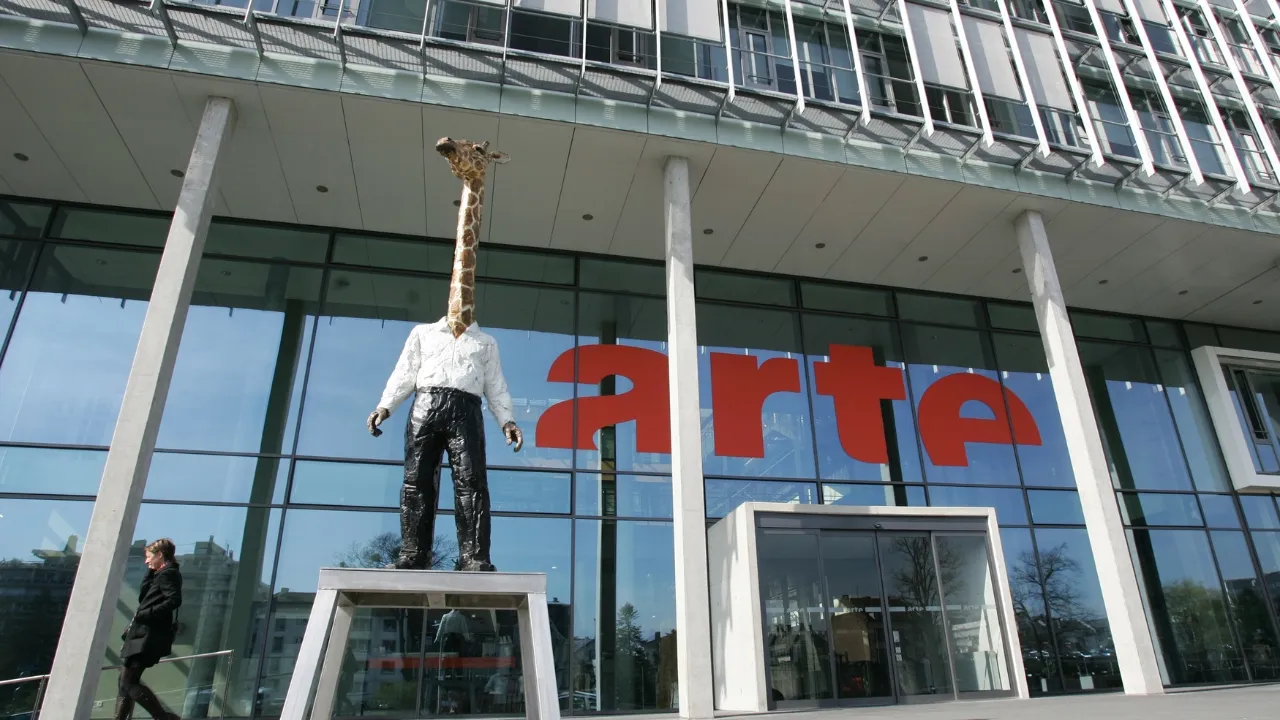DTG CEO Richard Lindsay-Davies passionately called for regulators to “leave no one behind” as IPTV clearly looks to dominate into the future. George Jarrett reports.
Speaking at this year’s DTG Summit, hosted by broadcast journalist David McClelland, Arcade Media Co-Founder Jordan Schwarzenberger made a point of revealing his age as he said, “I am 26. My aim is to slightly scare, but also to provide a bit of optimism. I guess I accelerated the end of linear TV with what’s going on in the YouTube world.”
He based his case on The Sidemen. He said: “They are the biggest content creators in Europe, the biggest YouTubers. There is a generational shift in content, away from centralised programming towards real people telling their stories, having fun with friends, and sharing on the most authentic site there is, which is YouTube. And now TikTok as well...
You are not signed in.
Only registered users can view this article.
NAB show review: Tariffs, technology and legacy business in the spotlight
Artist led, AI driven, fan-first media show the way forward at a NAB show dominated by tariff-suffering hardware vendors and advertiser weakened broadcast.

Virtual Production: Practical advice for lighting the volume
Adrian Pennington explores the many and varied lighting considerations for shoots within an LED volume where the ambition is to seamlessly marry virtual and real world environments.
Bright future: How CoSTAR will ideate the next wave in UK creative IP
If the UK’s creative industries are to continue to add hundreds of billions of pounds in value to the country’s economy then much will rely on the success of a new network of tech labs exploring the future of media.
 10 (1).jpg)
OTT evolution: Shifting business models, monetisation and personalisation
Over the past two decades, the over‐the‐top (OTT) industry has undergone a remarkable transformation from a niche experiment to a multi‐billion‐dollar ecosystem, writes John Maxwell-Hobbs.
.jpg)
AI through the looking glass: Digital natives
When it comes to AI, the M&E industry should take a more active interest in the views of its young people if it wants them to remain part of it, writes James McKeown.





